Introduction
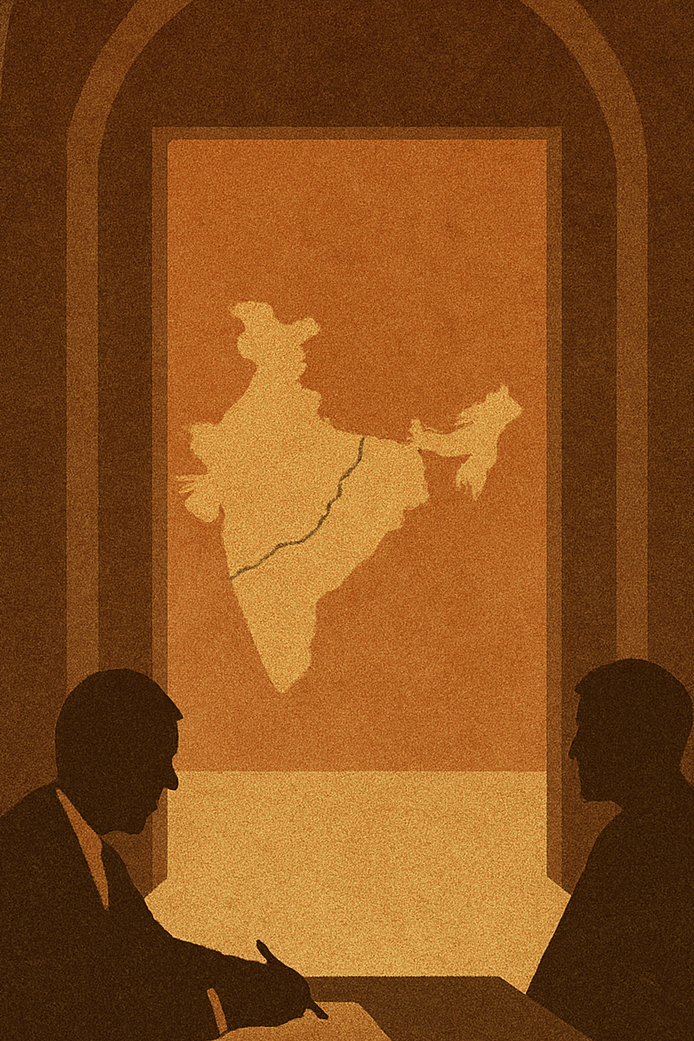
The Shimla Agreement, signed on July 2, 1972, between India and Pakistan, stands as a pivotal moment in South Asian diplomacy. Emerging from the aftermath of the 1971 war, which led to the creation of Bangladesh, this bilateral treaty aimed to lay the groundwork for peaceful coexistence and the resolution of disputes through dialogue.
Historical Context
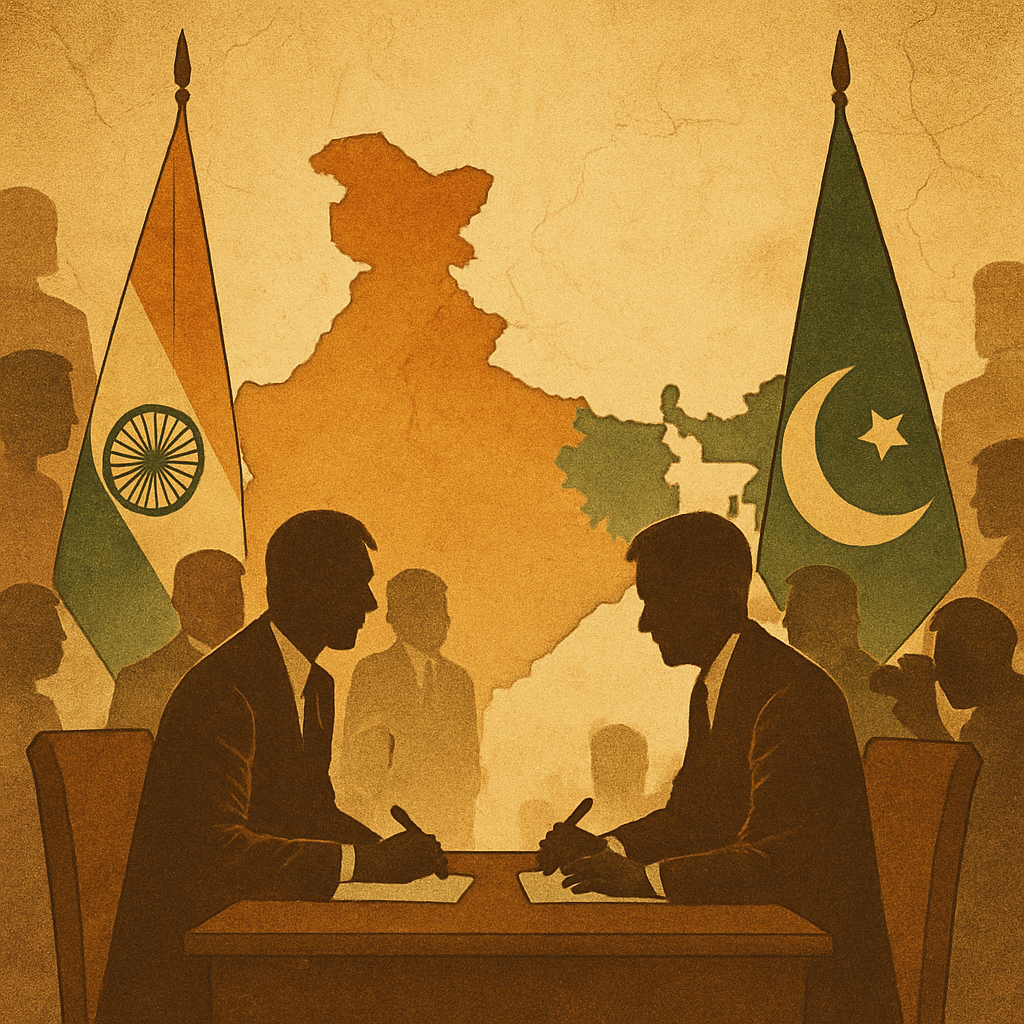
The 1971 Indo-Pakistani war culminated in a decisive victory for India and the secession of East Pakistan, now Bangladesh. In the wake of this conflict, both nations recognized the need to establish a framework to prevent future hostilities. The Shimla Agreement was conceived to address this necessity, emphasizing the principles of mutual respect and peaceful resolution.
Key Provisions
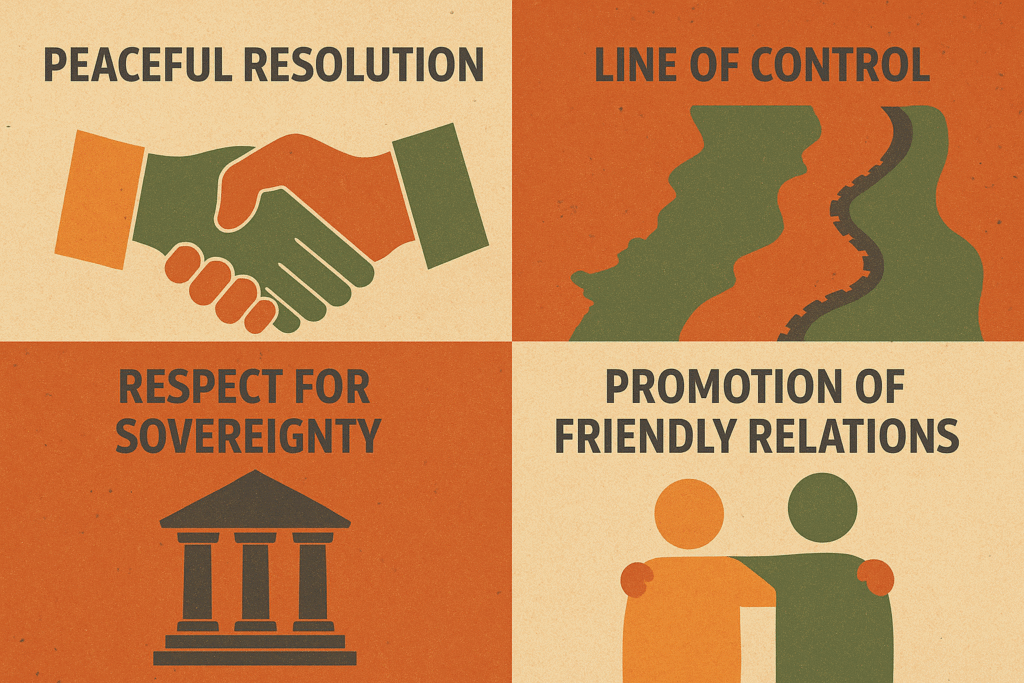
The agreement outlined several critical points:
- Peaceful Resolution: Both countries agreed to resolve their differences through bilateral negotiations without resorting to force.
- Line of Control (LoC): The ceasefire line in Jammu and Kashmir was redefined as the Line of Control, with both sides committing not to alter it unilaterally.
- Respect for Sovereignty: A mutual understanding to respect each other’s territorial integrity and sovereignty.
- Promotion of Friendly Relations: An emphasis on fostering friendly relations and cooperation in various fields.
Impact on India-Pakistan Relations
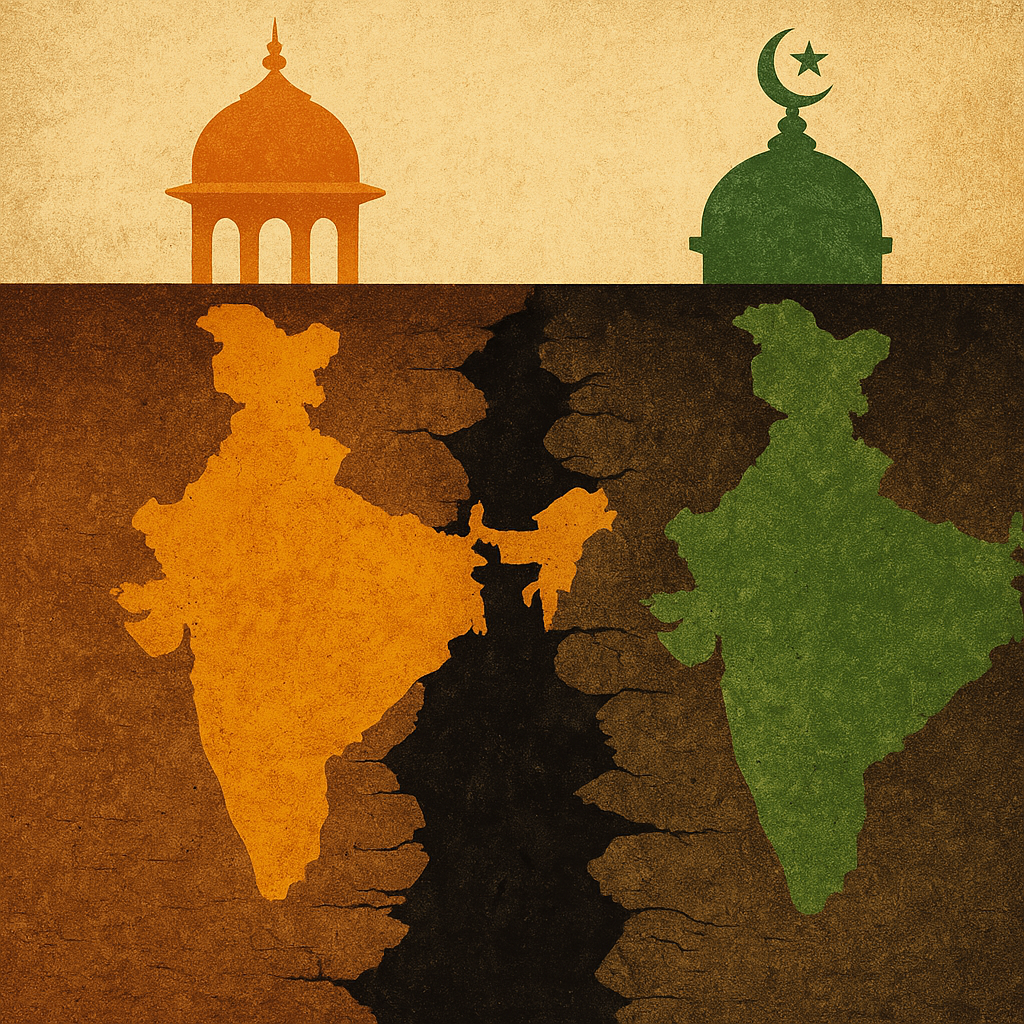
The Shimla Agreement has served as a foundational document guiding India-Pakistan relations. Its emphasis on bilateral dialogue has been a cornerstone in diplomatic engagements, particularly concerning the Kashmir issue. By establishing the LoC, it provided a framework for managing the contested borders, although challenges have persisted.
Contemporary Relevance

In recent years, the relevance of the Shimla Agreement has been tested. Incidents such as cross-border skirmishes and political tensions have raised questions about its efficacy. However, the agreement remains a reference point in diplomatic discussions, underscoring the importance of dialogue and peaceful resolution.
Legal Perspectives

From a legal standpoint, the Shimla Agreement is significant as it underscores the commitment of both nations to international law principles, particularly concerning peaceful dispute resolution. It also reflects the broader international community’s expectations for regional stability and adherence to bilateral treaties.
Invoking the Shimla Agreement in Today’s Geopolitical Climate
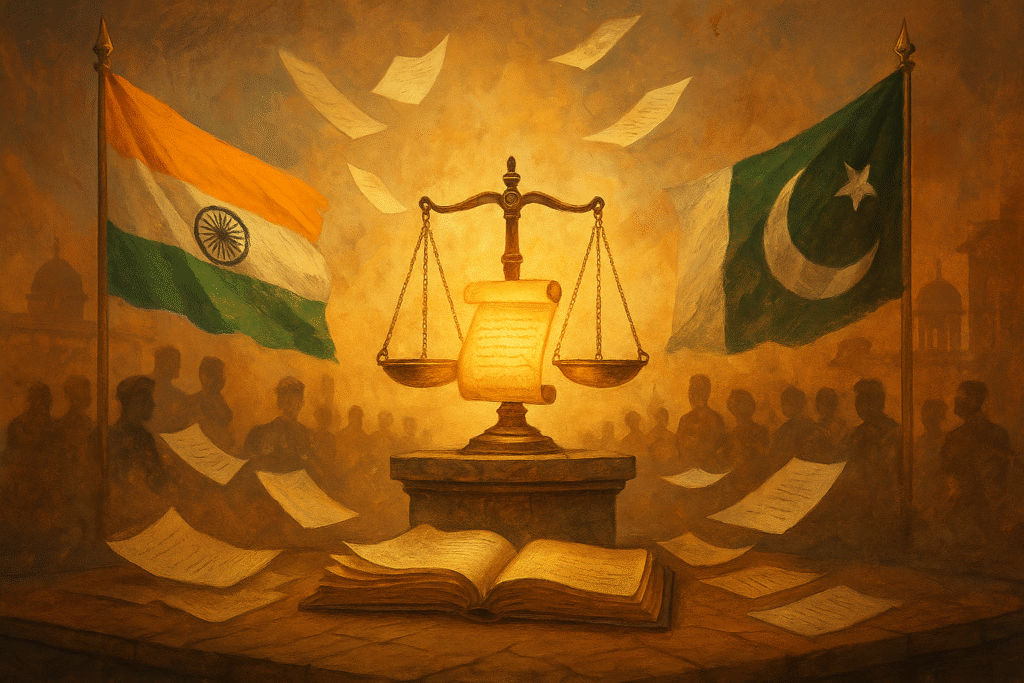
In the wake of renewed hostilities and repeated ceasefire violations, the Shimla Agreement remains more than a historical artifact—it could serve as a viable diplomatic tool even in today’s strained climate. India continues to cite the agreement’s call for bilateral resolution to assert that issues such as Kashmir should not be internationalized, while Pakistan has, at times, questioned the validity of its bilateral framework, particularly when international mediation is sought.
The core principle of the Shimla Agreement—that both countries will resolve disputes peacefully through mutual dialogue—remains relevant. If either party violates that principle, it undermines not just the agreement but their credibility in international forums. Legally, invoking the Shimla Agreement today could mean leveraging its terms to halt escalating tensions, as it provides a framework that avoids third-party intervention while holding both states accountable to negotiated norms.
Given the global spotlight on South Asia due to the nuclear capabilities of both nations, returning to the principles laid down in the Shimla Agreement could be the diplomatic de-escalation tool the region needs. Its revival would not require a new treaty—just the political will to honor the commitments already made.
Conclusion
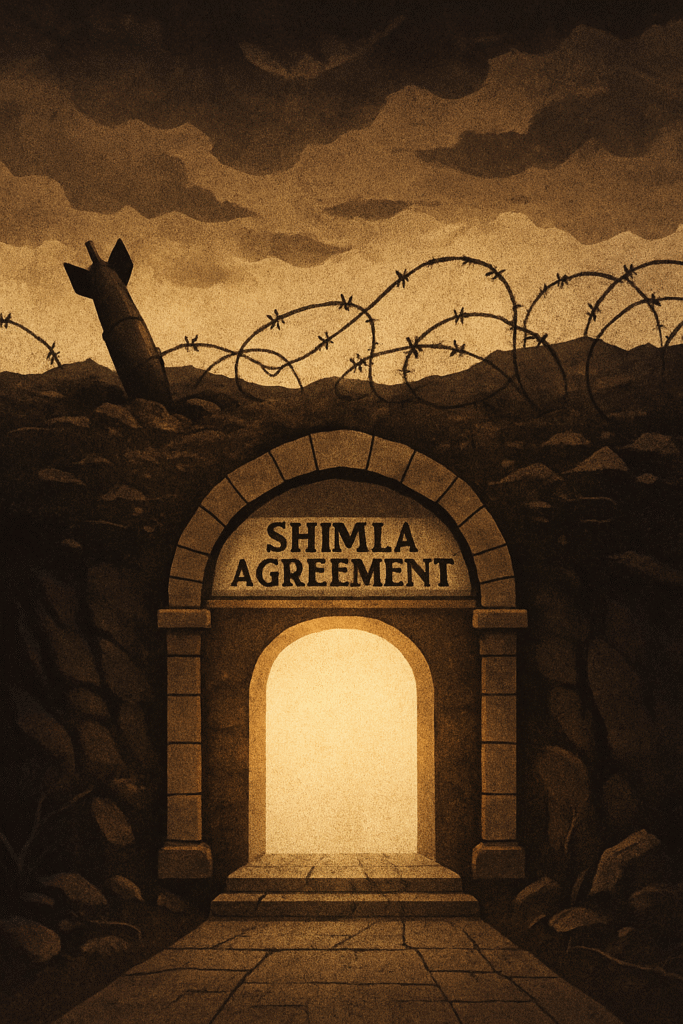
Despite its recent suspension, the Shimla Agreement remains a landmark framework in South Asian diplomacy and a legal benchmark for bilateral conflict resolution.While challenges remain, its principles offer a blueprint for peaceful coexistence and highlight the enduring importance of dialogue in international relations.
References
- Ministry of External Affairs, Government of India – Full Text of the Shimla Agreement (1972)
- The Times of India – Pakistan Suspends Shimla Agreement in Response to Indus Waters Treaty Row (2025)
- Madras Courier – Does the Shimla Agreement Hold Any Practical Relevance?
Related Post
Also read: Ceasefire Breached: The Critical Legal Fallout of the India-Pakistan Conflict
Explore how the recent collapse of ceasefire efforts reopens legal questions around bilateral treaties, international humanitarian law, and diplomatic accountability.
Need Legal Assistance?
If you have any legal inquiries or require professional advice, feel free to reach out to us. You can contact us through our Contact Form.


One Response